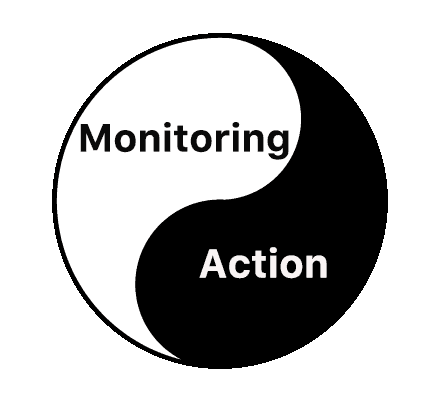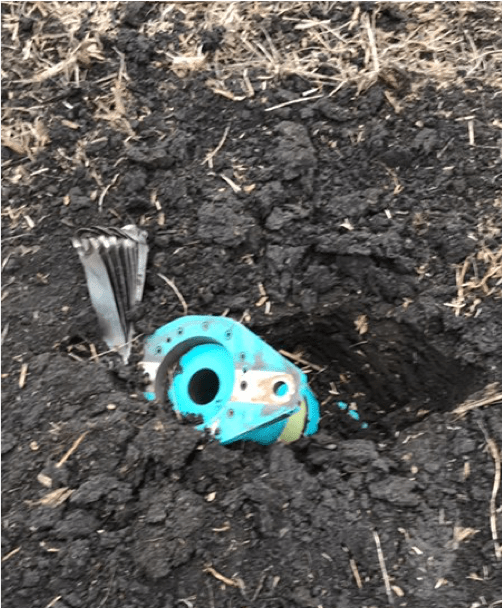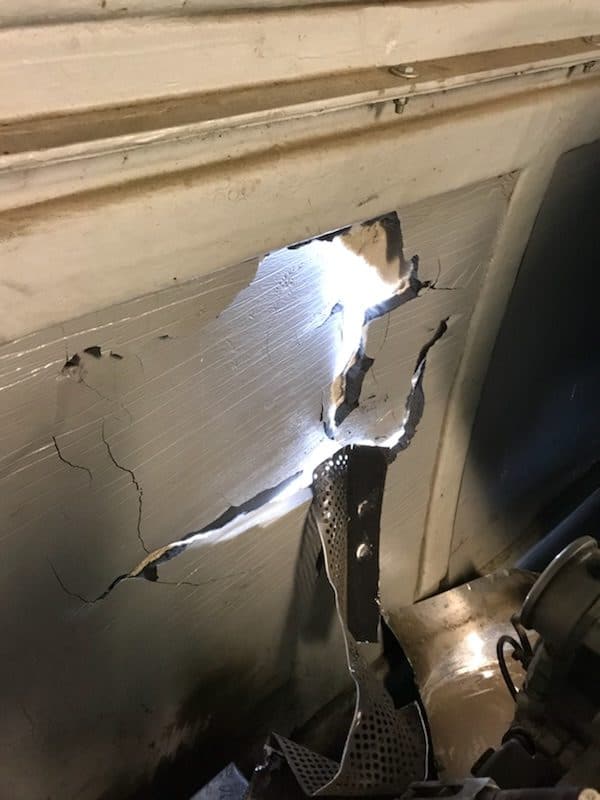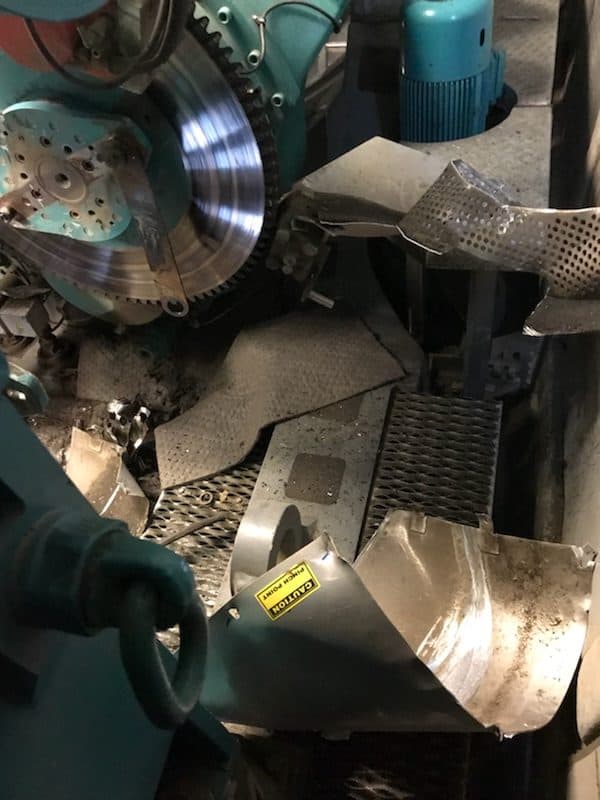The Yin and Yang of Predictive Maintenance – Are Your Efforts in Balance?
In Eastern philosophy, the principle of Yin and Yang represents the concept of duality where two halves work together toward wholeness and harmony – where seemingly contradictory forces are actually complementary.
Much like Predictive Maintenance monitoring and action.

Predictive Maintenance (PdM) aims to monitor and assess the condition of equipment while it’s in use, detect issues, and predict the optimal time to carry out maintenance to prevent failure and reduce maintenance costs.
“Wholeness,” in this case meaning optimum machine efficiency, can only be achieved when a balance is struck between the two. When monitoring indicates an issue that needs attention, the recommended corrective action (maintenance) is completed.
When Balance is “Off”
If a company’s focus is predominately on action/maintenance without adequate monitoring, maintaining equipment becomes more reactive – like an expensive game of “Whack-a-Mole” with machines determining when maintenance is done – which is usually in the middle of the night on a Saturday.
On the other hand, if a company’s maintenance effort tilts more heavily on monitoring without adequate remedial action, they will have spent valuable time, money, and resources on a program for which they will never reap the cost-saving benefits it can provide.
Unfortunately, we’ve seen far too many “paths to optimum machine efficiency” consist of putting great PdM programs in place and then ignoring them until an alarm goes off; ignoring a ton of valuable data along the way that was indicating a problem was brewing long before the alarm bells sounded.
A Real-Life Example of the Consequences of a Monitoring/Action Imbalance
IVC was providing remote monitoring on wind turbines for a large energy company. Data analysis indicated excessive vibration in the coupler of one of the turbines. We notified our customer of the findings in the monthly data analysis report, along with a recommendation to replace the coupler.
Over the next couple of months, the same recommendation to replace was given, along with the notification that the vibration of the coupler had increased to a high alarm level. The customer took no action to replace the coupler.
Eventually, the wind turbine threw the coupler completely out of the nacelle (casing that holds the generator, gearbox, and occasionally a high voltage transformer) into a nearby farm field. Thankfully, it damaged no structures on the privately-owned farm. Unfortunately, the same could not be said for the wind turbine.

In the end, not only was the coupler replaced (as we’d been recommending) but the company also had the additional expense of repairing the damage to the nacelle and surrounding machinery.


At IVC, we understand a “whole” (i.e., strong) PdM program is only as good as the sum of its parts – monitoring (us) and action (customer). When both halves of the predictive maintenance equation work together, the results can be a reduction in downtime, an increase in production, and a significant boost to the company’s bottom line.
In our 35+ years of experience in condition monitoring, we’ve designed and implemented countless PdM programs for companies across the country. The programs we create are tailored to meet a company’s specific needs and objectives, providing real-time monitoring to give maintenance teams plenty of lead time before a failure occurs or machine performance drops below an optimal level.
Contact us today so we can get you started on the path to optimum machine efficiency!
